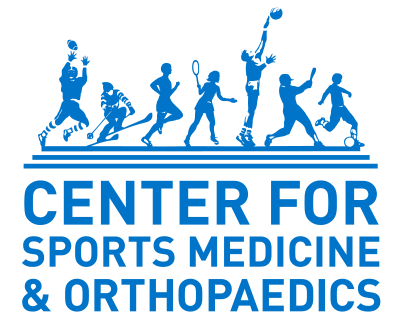Back pain affects about 31 million Americans, according to the American Chiropractic Association. These pains stem from a variety of circumstances, from childbirth to sitting awkwardly to lifting something too heavy for your back to handle. Other times, the pain is the result of a degenerative disc, and cannot be resolved by simply doing upper or lower back rehabilitation exercises.
Spinal discs are small, jelly-like, doughnut-shaped structures that support the vertebrae on the spinal column, acting as shock absorbers. When a disc either leaks fluid or breaks — either from normal wear and tear on your back, or from the impact of an accident or fall — it can be considered degenerative. The result of this condition can be chronic pain up and down the spine, upper and lower back stiffness, and also numbness in the extremities.
The good news is that fixing this problem does not necessarily require a long, complicated surgery. Arthroscopic back surgery is a common treatment for degenerative discs, any spinal deformities, and herniated discs. The term “arthroscopic” denotes the use of an arthroscope, a type of endoscope that can be inserted into a patient’s body using a minimally invasive incision. This instrument usually has a light attached to it to illuminate the affected area of the body, and makes it easier for doctors to treat the injury. The same procedure is used in arthroscopic knee surgery, and many other smaller operations.
One of the advantages of arthroscopic back surgery is that the procedure is generally performed in an outpatient clinic. Also, depending on the patient’s overall health, the recovery time is often much less than a full surgery. In addition, because the procedure focuses directly on the injury, there is less damage to connective tissue surrounding the degenerative or herniated disc.
Doctors also often have a list of high quality physical therapy clinics, and recommend that back surgery be followed up with upper and lower back rehabilitation exercises. These movements can help a patient regain his or her normal range of motion quicker, and aid the healing process.
While arthroscopic surgery may not be right for everyone, it could be a viable option for patients who do not have extensive damage to their limbs or spine. It would be worth looking into because the benefits of this type of surgery far outweigh the risks.

